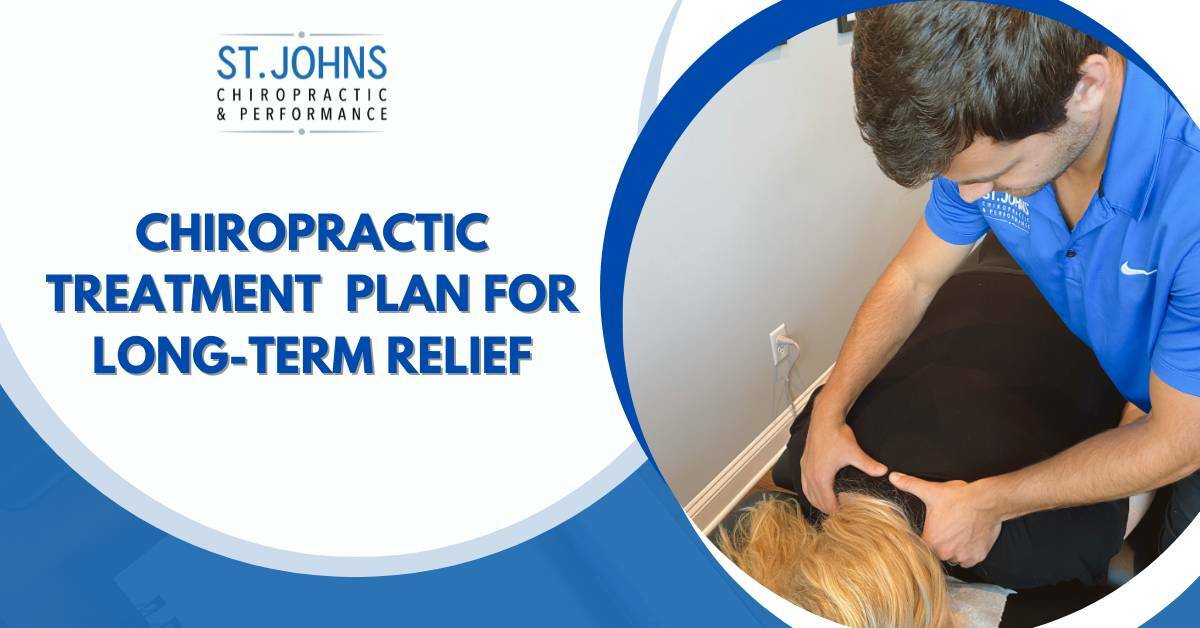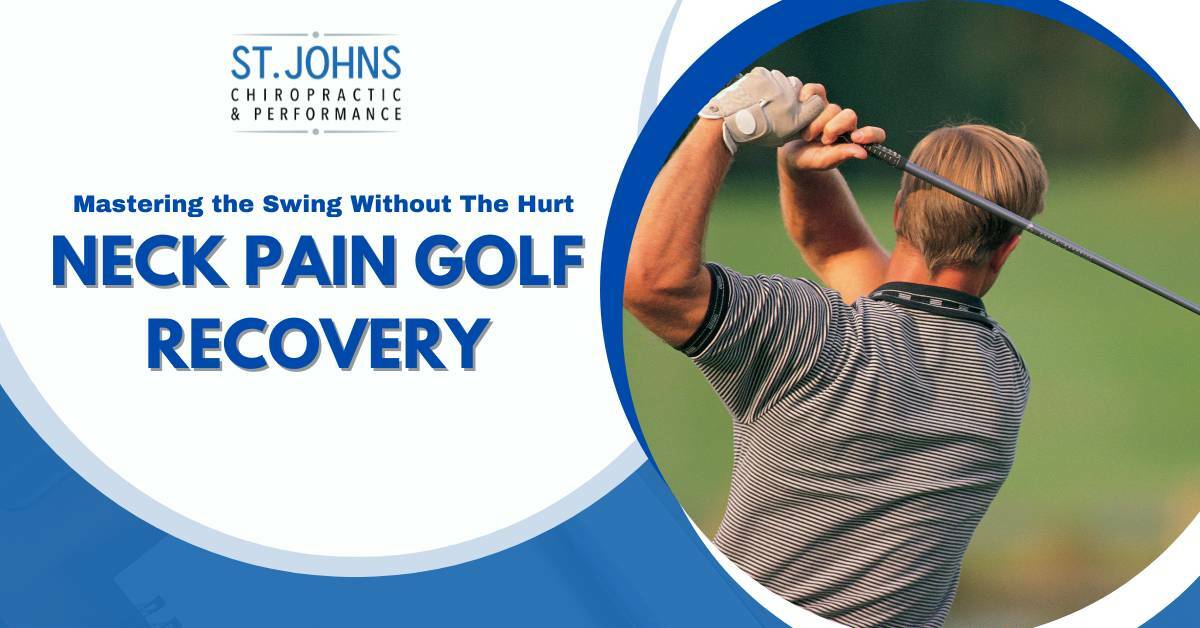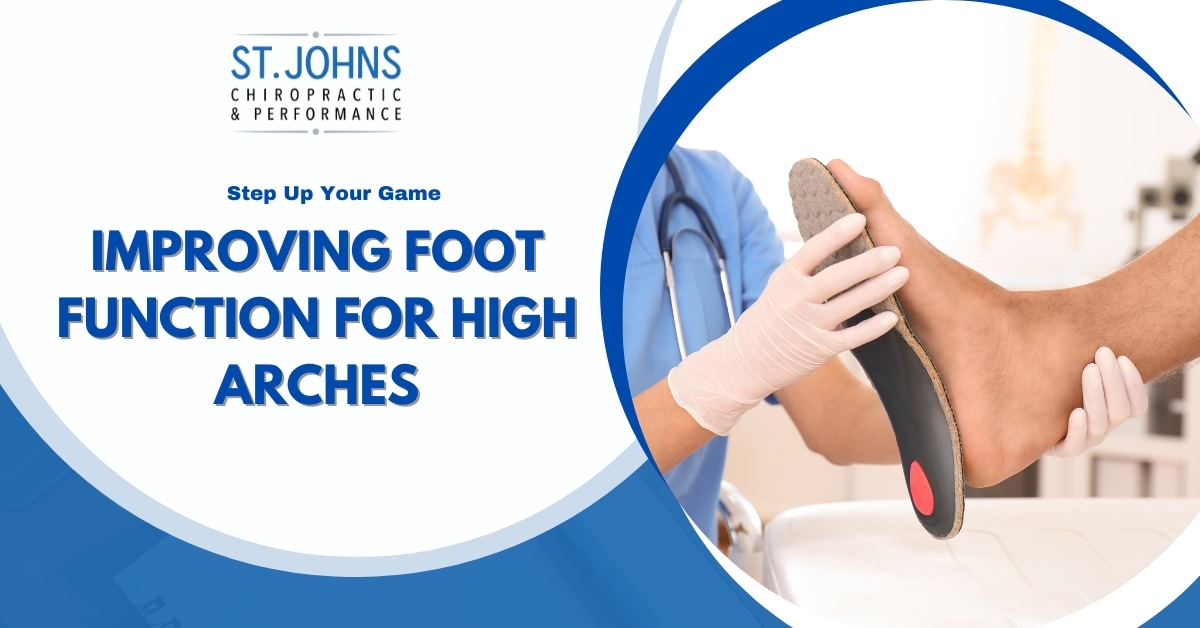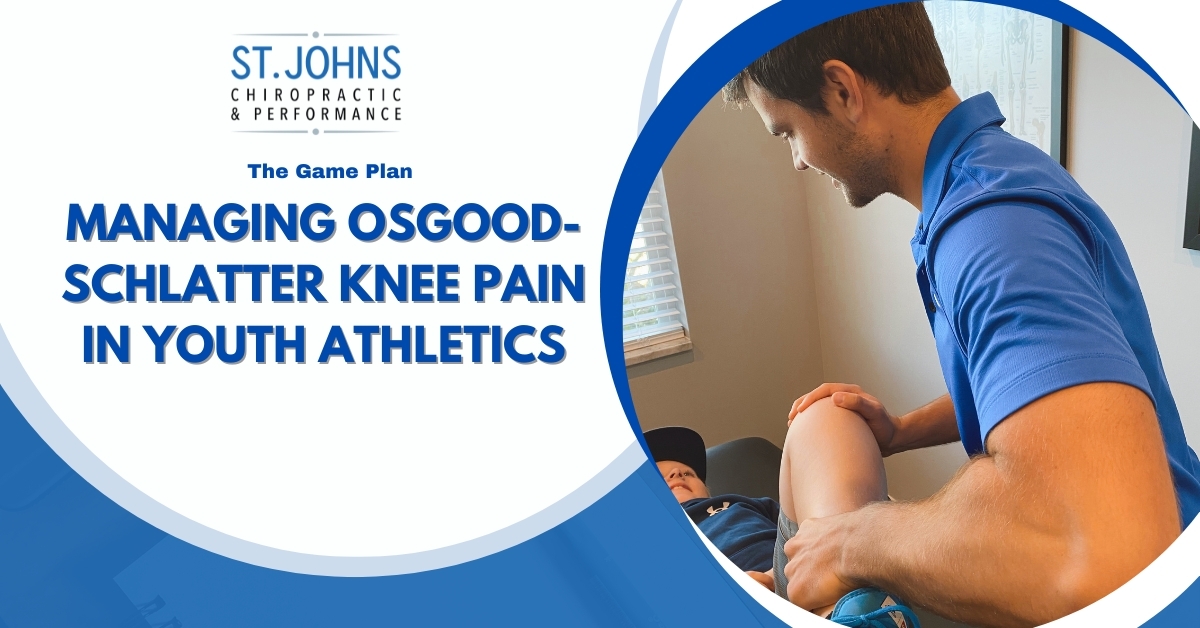Sports injuries and pain are much different in youth athletes than in the adult population. There is different anatomy, recovery timelines, goals for what the patient needs to return to, and sometimes different treatments. Foot pain and plantar fasciitis are no exception to this rule.
Adolescent (ages 10-19) foot and ankle injuries make up about 30% of the visits to sports injury clinics (1). Most of the foot injuries are due to repetitive use that the body is not properly prepared for.
Foot and ankle injuries account for 45% of all injuries in adolescent basketball players! Runners, dancers, soccer players, and gymnasts also have a high percentage of foot injuries due to the mechanics and repetitiveness of the sports (1,2).
Why are Certain Youth Athletes at Higher Risk for Foot Pain?
There are both structural, functional, and environmental factors that increase the potential for your youth athlete to experience foot pain or plantar fasciitis. Structural factors include flat or “fallen” arches, high arches, and being overweight (2).
Functional or biomechanical factors are tight calves and Achilles tendons, restricted ankle mobility, and weakness in local (intrinsic) foot muscles. Examples of environmental or external factors include hard surfaces, poor footwear, and joint and muscle overload (2).
“Overload” or “overuse” are very blanket terms. To be more specific, overload means the duration, speed, and force that a certain task requires exceeds the current capacity of the athlete’s joints, muscles, tendons, or ligaments.
For example, if a youth soccer player is beginning the season and has just a couple practices before playing 6 full games in a weekend tournament; it is likely that the load from the weekend tournament exceeded the athlete’s current capacity.
This certainly does not mean your athlete WILL get injured, drastic overloading simply puts them at a greater risk of getting injured. There are things you can do to elevate the capacity of your body’s tissue, which will be discussed at the end of the article.
What Shoes Should your Youth Athlete Wear?
When they are at your house, they should not be wearing any shoes! Kids and teenagers are spending less time walking around barefoot and it is hindering their athleticism! Those who spend more time without shoes have a more advantageous foot structure compared to those who spend more time in shoes which can increase sports performance (3).

Do not ditch the shoes completely, as there is certainly a time and place for them! But the key is to find a shoe that allows the foot to develop and will not suffocate the foot into the shoe’s molding.
For youth athletes, buying a shoe with a wide toe box is crucial to allowing the foot to grow and have freedom of movement. Wide toe box shoes prevent against conditions like Bunions, Morton’s Neuromas, and other toe deformities while allowing room for your toes to move in each direction and retain the dexterity that we all had as kids!
Call our office today and if you are interested in wide toe box shoes and we can provide you with some more information and a discount!
Preventing and Treating Foot Pain in Youth Athletes
For youth athletes, preventing and treating foot pain and plantar fasciitis looks very similar. It is all about making sure the feet have optimal mobility, strength, and dexterity, while adequately preparing the athlete for the demands of their sport.
When treating foot pain, therapies such as manipulation, soft tissue therapy, stretching, and rehab exercises work great to get the feet moving like they should and build the necessary strength to perform well in their sport (2,4). A short, daily routine consisting of foot exercises and stretches can do wonders for a youth athlete’s foot function and athleticism regardless of if they have foot pain or not.
With preventing foot pain, the previously mentioned therapies are very useful, but now an even greater importance can be placed on preventing overuse injuries from occurring. This involves taking a detailed look at what the demands of the sport are. What are the endurance, speed, agility, and strength requirements for the sport you are playing?
Then to ensure that you do not overload your body, you gradually progress to these goals! This happens through an organized practice and workout regimen designed to improve your athleticism, strengthen your weak spots, and safely load your body to build resilience from injury!
Check out our other blogs on our website and follow us on Instagram for more information about foot pain!
References




